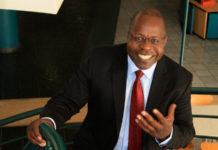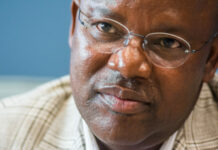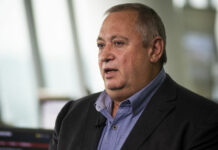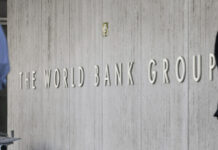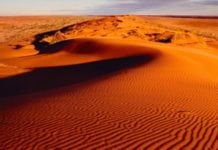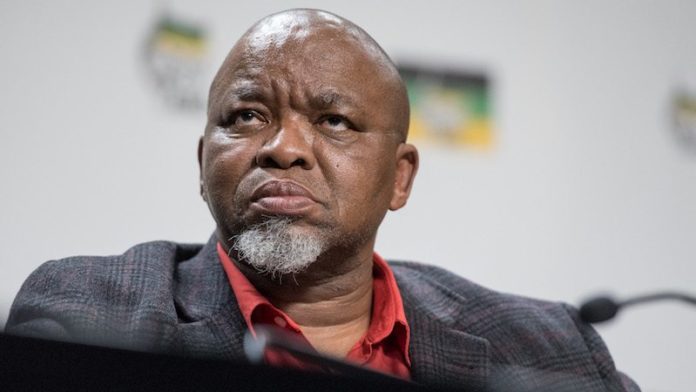
GETTING a transparent, easy-to-use, and corruption-proof mining cadastral system in place for South Africa is “the biggest worry” for the department of mineral resources and energy (DMRE), minerals minister Gwede Mantashe said on Wednesday.
Mantashe, who was answering questions at the 2021 PGMs Industry Day, invited the industry to assist “so we can correct this terrible system”. He said the DMRE had given itself six months to deliver the system. He had asked staff why it was taking so long.
In early 2011, the incumbent minerals minister, Susan Shabangu, announced that South Africa had a new mining cadastral system – SAMRAD – to facilitate applications for exploration licences. Despite its importance in encouraging investment in exploration, it has always been dysfunctional.
In his opening address, Mantashe reiterated the importance of co-operation between government and the mining industry, which had enabled the industry to recover rapidly from the Covid-19 shutdown in March last year. He said it should be possible for the industry to improve its contribution to national GDP to about 12%, from 8% at present.
At the same time, Mantashe complained that the reason South Africa had dropped several places in the latest Fraser Institute rankings (which measure senior mining executives’ perceptions of South Africa’s attractiveness for investment) was that South African mining executives were sending out the wrong messages.
“Until we realise that we are shooting ourselves in the foot by doing that, our rating will remain low,” Mantashe said. “We are doing a lot of work to ensure certainty on regulatory and policy framework. It is important for you to work with us on this issue.”
ASK THE PRESIDENT
Citing multibillion-rand expansions by Sibanye-Stillwater and Impala Platinum, Mantashe said it was clear that South African mining companies were investing in the future and this would give confidence to foreign investors.
Minerals Council SA CEO, Roger Baxter, said key to growing the industry was promoting exploration, resolving outstanding licence applications, unlocking self-generation and co-operation between all stakeholders. To promote sales of the Big Five platinum bullion coin series, they should be zero-rated for VAT, he said.
Mantashe responded that he had made this request and suggested that mining executives ask the president themselves. “They will make a bigger impact without me.”
ENERGY POLICY
Another impediment to mining investment has been shortage of Eskom electricity. In response to calls from the industry to allow them to generate their own power, the DMRE recently raised the threshold at which a licence for self-generation is needed to 10MW from 1MW. However, the industry has called for a 50MW threshold.
Asked why the threshold had been set so low, Mantashe said he was following a directive from president Cyril Ramaphosa in the state of the nation address, when Ramaphosa gave 10MW as the threshold. The reason the industry was calling for 50MW was that they wanted to be able to generate and transmit surplus power, Mantashe said.
But “if we say you can trade energy without a licence, then we must withdraw licences for restaurants and cafes and see what happens to the economy”. He emphasized that if a company wanted to generate power purely for its own use, without selling any surplus, there was no limitation and no need for a licence.
Baxter said the biggest challenge on self-generation licensing was Eskom processes, which took about seven months and entailed mining companies having to give Eskom new guarantees. For example, Gold Fields’ self-generation licence had been approved by the National Energy Regulator of SA, but it was still waiting for an Eskom agreement.
Mantashe said the DMRE was monitoring progress in licensing at two mining companies and had appointed a special deputy director-general with the responsibility for addressing bottlenecks in the licensing process, whom mining companies should contact if they were experiencing problems.



